Copyright gives you the right to say how other people can use your work. Copyright law is an intellectual property lawyer’s bread and butter.

What is copyright?
Copyright exists to protect original literary, dramatic, musical and artistic works. It also covers sound recordings, films, communication work and typographical arrangements of published editions.
While there is no copyright in an idea itself, copyright can be claimed in the embodiment of that idea e.g. a book or a film. Copyright lasts for 50 years after the death of the author in New Zealand and 70 years in Australia.
In New Zealand, it is also possible to claim copyright in three dimensional articles produced industrially i.e. if more than 50 articles are produced for sale or hire. However, this copyright only lasts 16 years. It may also be worth considering design protection as an alternative.


Who can claim copyright?
Generally speaking, the author of the work is the owner of the copyright for that work. An important exception is when an employee creates a work in the course of their employment. In this instance, the employer owns the copyright. In addition, if a person is commissioned to create a work, the person commissioning the work owns the copyright. However, both of these can be altered by written agreement.
Angela is a very good listener. We always feel that she working hard to understand our business goals, such that her advice on IP is compatible with what can be a complex matrix of interconnected strategies. She is a welcome addition to our management meetings.
Doug Hill | Director | Springfree New Zealand Ltd

Do I need to register copyright?
There is no need to register copyright in New Zealand and Australia because in both countries copyright arises automatically. However, it is advisable to mark all original works so others can see that you are the owner of the copyright in the work.
Copyright can be registered in the United States and China, and is advisable if you are working in these countries.


When is copyright infringed?
The whole of the copyright works does not need to be copied to be infringement. It is sufficient if a “substantial part” is copied. Whether a part is considered “substantial” will depend on the significance of that part, not necessarily the quantity. In particular, there is no truth in the myth that it’s acceptable to only copy 10 or 20 per cent of something.

Are there exemptions to copyright infringement?
Yes. There are some really important exemptions like news reporting, research and private study, and if the person copying the work is giving a lesson at an educational establishment.


You’re in safe hands– Infinity IP owner Angela Searle is included in the

Work with us
“The single largest source of intangible value in company is its Intellectual Property.” – Angela Searle
Working across New Zealand and Australia, we help you understand the value of your intellectual property and protect it so your ideas can shine and your business can thrive.
Find another service
At the heart of the practice are Angela Searle and Alan Chadwick.
